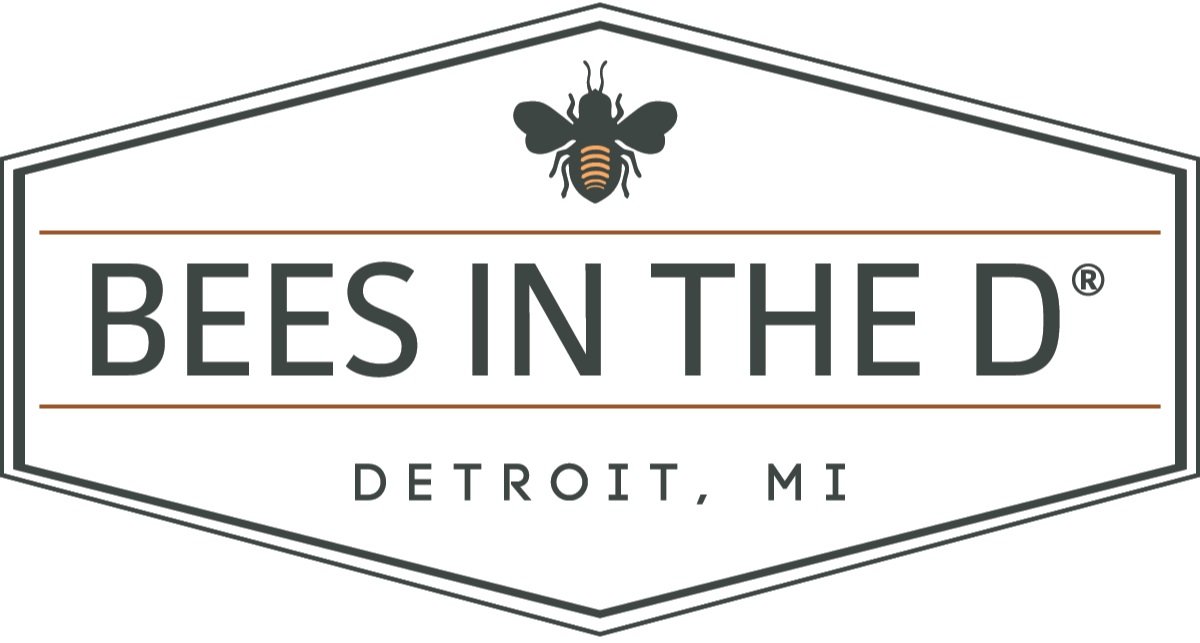What’s the Deal With Ford, Toyota, Honda, and Other Car Companies Keeping Bees?
ORIGINALLY POSTED ON MOTORBISCUIT.COM
What’s the Deal With Ford, Toyota, Honda, and Other Car Companies Keeping Bees?
Several carmakers, including Ford, Honda, and Toyota, maintain bee colonies. But why? What's the deal with car companies keeping bees.
When you think of Ford, Honda, Toyota, and other automakers, the first thing that comes to mind probably isn’t bees. But that could soon change. Today, several carmakers maintain bee colonies. But why? What’s the deal with car companies keeping bees?
The buzz about carmakers and their bees
When Better Homes & Gardens told the world that skincare company Burt’s Bees was responsible for planting billions of flower seeds on more than five acres of habitat to promote bees and other pollinators, it was no surprise. After all, Burt’s Bees founders Burt Shavitz and Roxanne Quimby had based their business model on sustainability and planet-friendly practices.
But when The Drive reported that luxury carmaker Bentley considers a third of a million bees to be “part of its production line workforce,” the news was a bit harder to believe. Combustion engine vehicles aren’t eco-friendly, so why are car manufacturers interested in insects?
Bentley’s bees weren’t the only buzzing honey makers mentioned in anticipation of World Bee Day on May 20. According to The Drive, other auto industry giants that keep bees on their property are Audi, Ford, Toyota, Honda, Mercedes, Rolls-Royce, and Porsche. Volkswagen, Lamborghini, and Renault do, too.
Where and why do car companies keep bees?
According to The Drive, the short answer to the question “Where and why do car companies keep bees?” is because they can. Factory campuses often include sprawling tracts of land that can be used to generate positive publicity.
For instance, Ford provides a significant portion of its Ypsilanti, Michigan, land to the Heroes to Hives project, which offers therapeutic beekeeping programs to U.S. military veterans. In the Detroit area, Mahindra North America and the Chrysler Technology Center cooperate with the environmental charity Bees in the D to install and monitor local honeybee hives.
In Great Britain, Toyota has been keeping bees at its Surrey headquarters for years, Toyota UK explains. Nicknamed “TGBees,” the busy colonies are managed by resident beekeeper John Ryan. In addition, Jaguar Land Rover keeps at least five hives in Solihull “for employee well-being,” and Honda maintains honeybee hives in Swindon.
Furthermore, Audi promotes 90 species of wild pollinators on 17 hectares of land in Münchsmünster, Germany, while some 300,000 honeybees live their best life at Rolls-Royce’s Goodwood estate outside Sussex.
One of the biggest automotive supporters of bees in Europe is Porsche. The German carmaker announced in 2017 its plan to install 25 colonies comprising 1.5 million bees at a grazing paddock in Leipzig.
Plant to promote pollinators
Without honeybees, agriculture as we know it would collapse, so car companies that strive to keep bees healthy set a good example for everyone. To attract and nourish bee colonies, Bees in the D recommends planting plenty of perennial and annual flowers, including:
Aster
Bee balm
Bellflower
Betony
Butterfly bush
Calendula
Clematis
Coral bells
Cornflower
Dahlia
Foxglove
Globe thistle
Heliotrope
Hyssop
Lavender
Lemon balm
Lupine
Peony
Purple coneflower
Russian sage
Salvia
Sea holly
Snapdragon
Sunflower
In addition to partnering with Chrysler, Bees in the D maintains more than 200 hives in vacant lots and other locations throughout the Detroit metro area. Bees in the D also provides free educational materials for kids, scouts, and bee enthusiasts.
To apply for a volunteer beekeeper position with Bees in the D, or to schedule an educational walkabout tour of local hives, contact the nonprofit defender of bees at 313-462-9624
Looking to make a difference? Check out our volunteer page to see how you can help!


